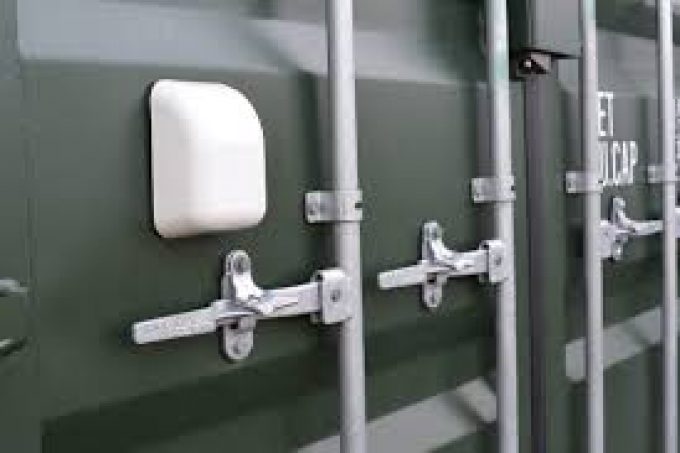Shippers and carriers await Iran decision on Hormuz in response to US attack
Logistics operators anxious over already fractured supply chains are contingency planning as Iran’s supreme leader, ...

With the rapid rise in the use of container tracking devices, the cargo insurance industry is increasingly concerned over the question of data ownership.
Shipping consultant Drewry said there would be almost nine million boxes fitted with tracking and telemetry equipment by 2026, with Hapag-Lloyd’s decision ...

Comment on this article